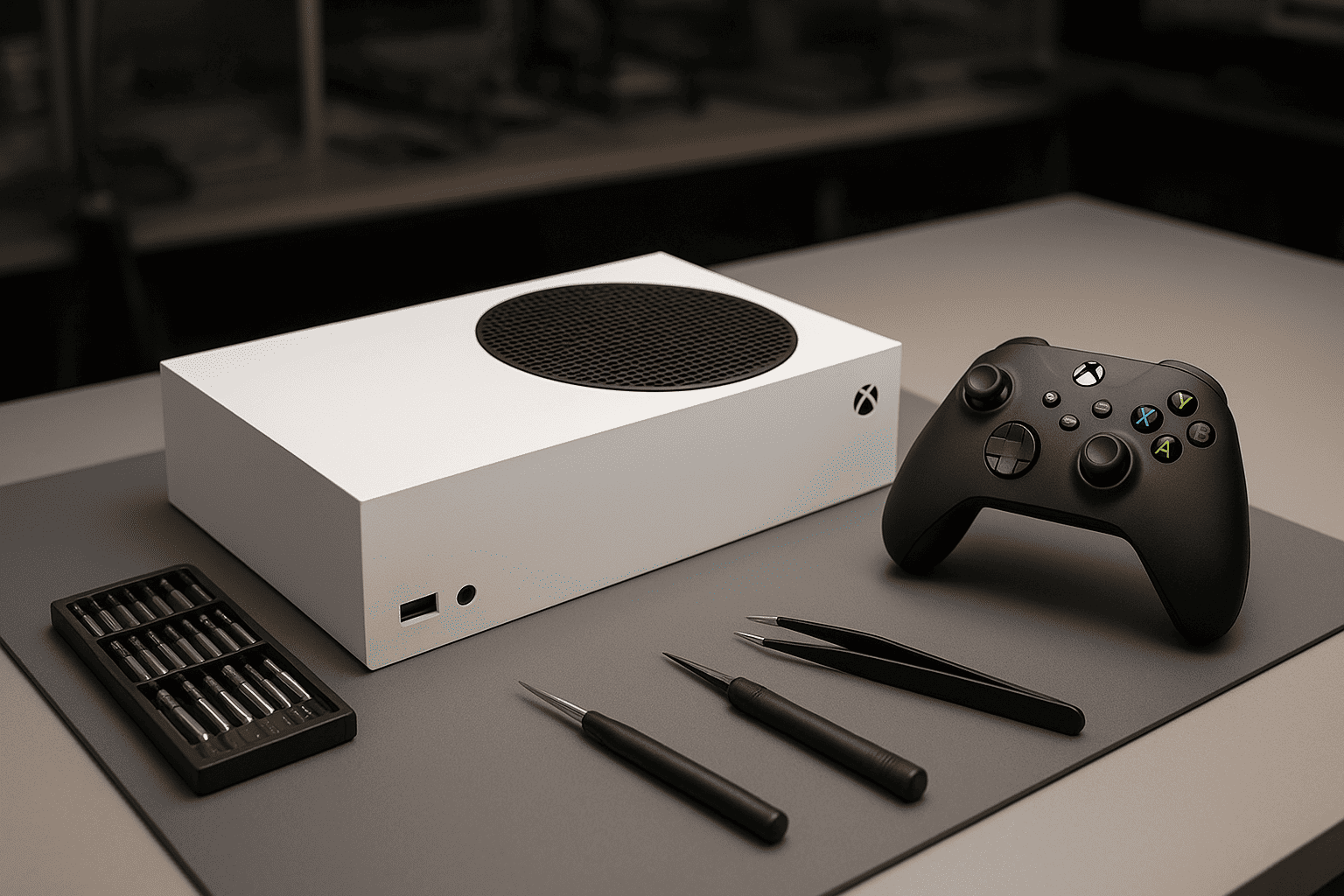Have you ever noticed a small, dark speck moving across your computer screen, only to realize it’s not a glitch but an actual insect? This unusual but troublesome issue can be both frustrating and concerning for computer users. At Gizmo Pros, we’ve seen our fair share of creepy crawlies making homes in electronic devices, and we’re here to provide you with a comprehensive guide on how to deal with this pesky problem.
Understanding the Problem: Why Insects Get Inside Computer Screens
Believe it or not, insects finding their way into computer screens is more common than you might think. But why does this happen?
- Attraction to Light and Warmth: Computer screens emit both light and heat, which are irresistible to many small insects.
- Common Entry Points: Insects can enter through tiny gaps in the screen’s casing or ventilation holes.
- Types of Insects: The most common culprits are gnats, fruit flies, and tiny beetles.
Understanding these factors can help you prevent future occurrences and identify the issue quickly if it does happen.
Potential Risks and Damages

While a bug in your screen might seem like just an annoyance, it can potentially cause more significant problems:
- Screen Damage: Insects can leave residue or cause scratches as they move around.
- Electrical Issues: In rare cases, larger insects might cause short circuits.
- User Experience: Even small insects can be distracting and impact your productivity.
At Gizmo Pros, we’ve seen how these tiny intruders can sometimes lead to bigger issues if not addressed promptly.
Identifying the Issue
Before you panic, make sure you’re dealing with an actual insect and not a dead pixel or debris:
- Movement: Insects will often move, while dead pixels remain stationary.
- Shape: Insects typically have distinct shapes, unlike round or square dead pixels.
- Location: If the speck appears to be between the screen and the outer layer, it’s likely an insect.
If you’re unsure, our technicians at Gizmo Pros can quickly diagnose the problem. You can learn more on our computer repair service page.
DIY Solutions: How to Safely Remove an Insect Inside Computer Screen

If you’ve confirmed that you’re dealing with an insect, here’s a step-by-step guide for removal:
- Power Down: Turn off your computer and unplug it.
- Gentle Tapping: Lightly tap the edges of the screen to encourage the insect to move.
- Use Gravity: Tilt the screen in different directions to guide the insect towards an exit point.
- Compressed Air: As a last resort, use compressed air very carefully to dislodge the insect.
Safety Note: Never apply pressure to your screen or use sharp objects to remove the insect.
For LED and OLED screens, which are more delicate, we recommend seeking professional help to avoid damaging your display.
When to Seek Professional Help
While DIY methods can often resolve the issue, there are times when it’s best to call in the experts:
- Multiple Insects: If you’re dealing with more than one bug, it might indicate a larger problem.
- Persistent Issues: If the insect doesn’t respond to gentle removal attempts.
- Visible Damage: If you notice any scratches or residue on your screen.
Did You Know That: our phone and computer repair shop in Wesley Chapel has more than 550 positive reviews on Google?
After-Removal Care
Once the insect is gone, take these steps:
- Clean Your Screen: Use a microfiber cloth and appropriate cleaning solution.
- Check for Damage: Look for any lasting marks or issues with screen performance.
- Seal Entry Points: If you can identify how the insect got in, try to seal that area.
FAQs
Can a bug damage my PC?
While rare, insects can potentially cause short circuits or leave a residue that affects screen quality.
How do I get rid of bugs inside my monitor?
Try gentle tapping and tilting methods. If unsuccessful, seek professional help.
Why is there a bug on my computer screen?
Insects are attracted to the light and warmth of screens and can enter through small openings.






